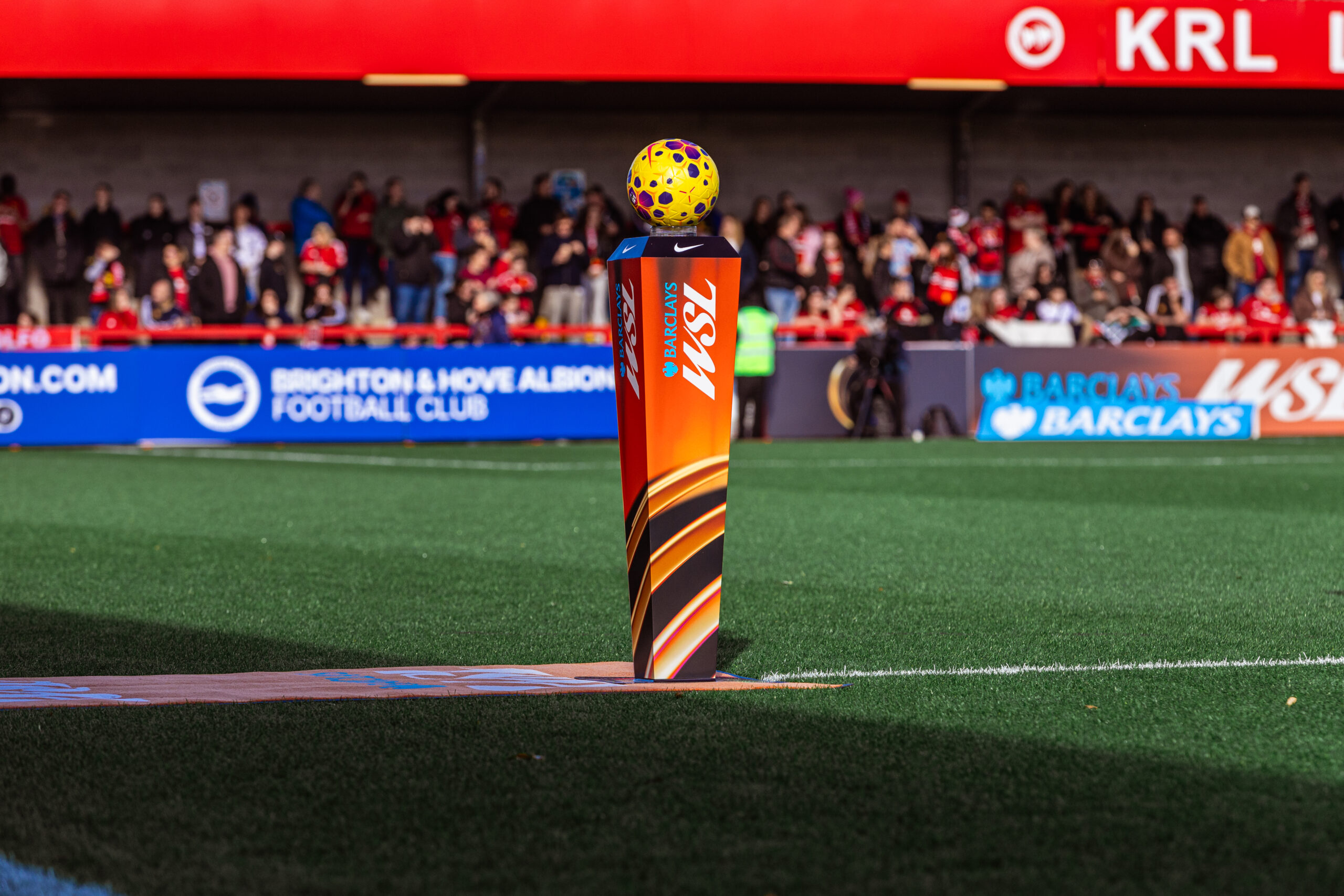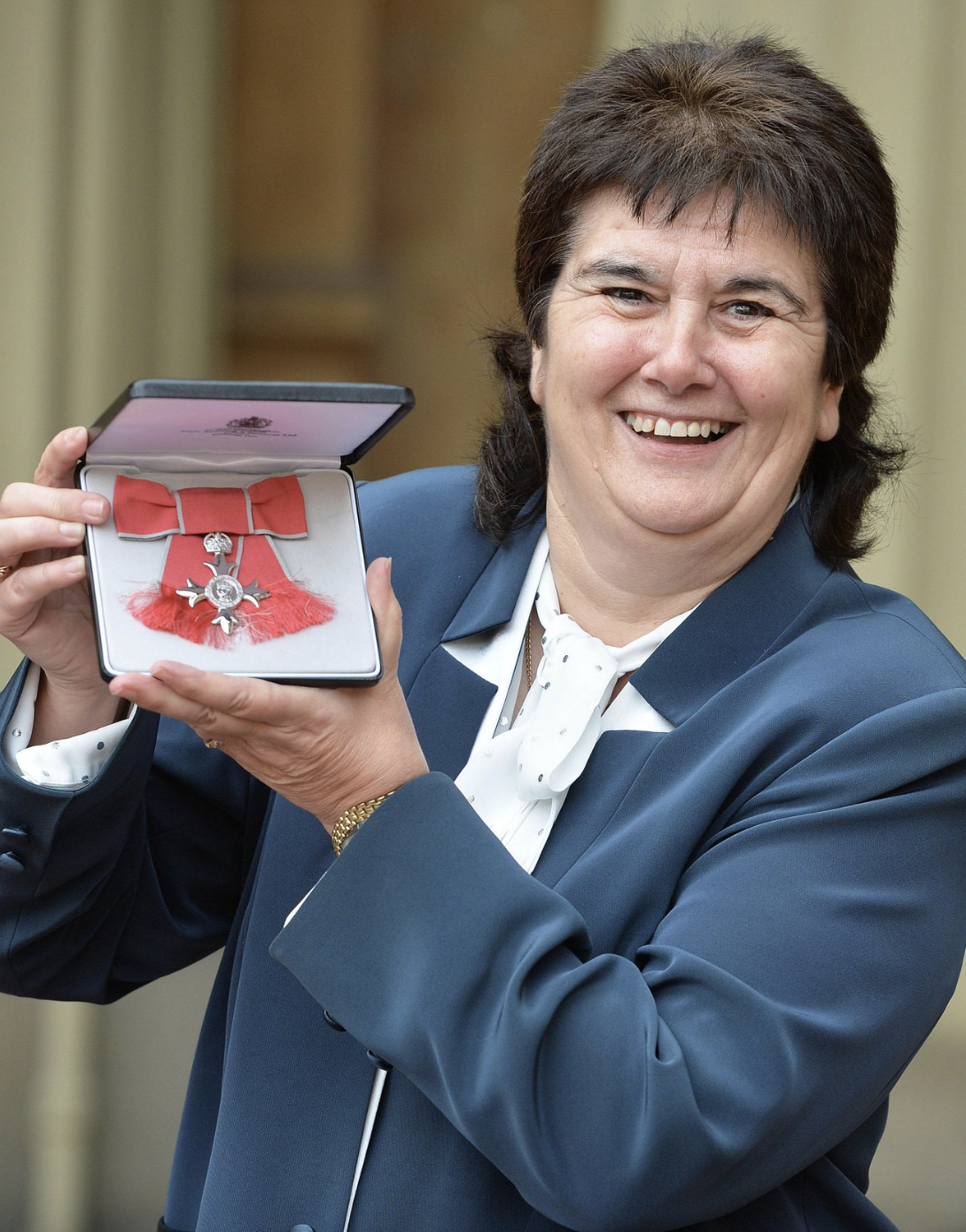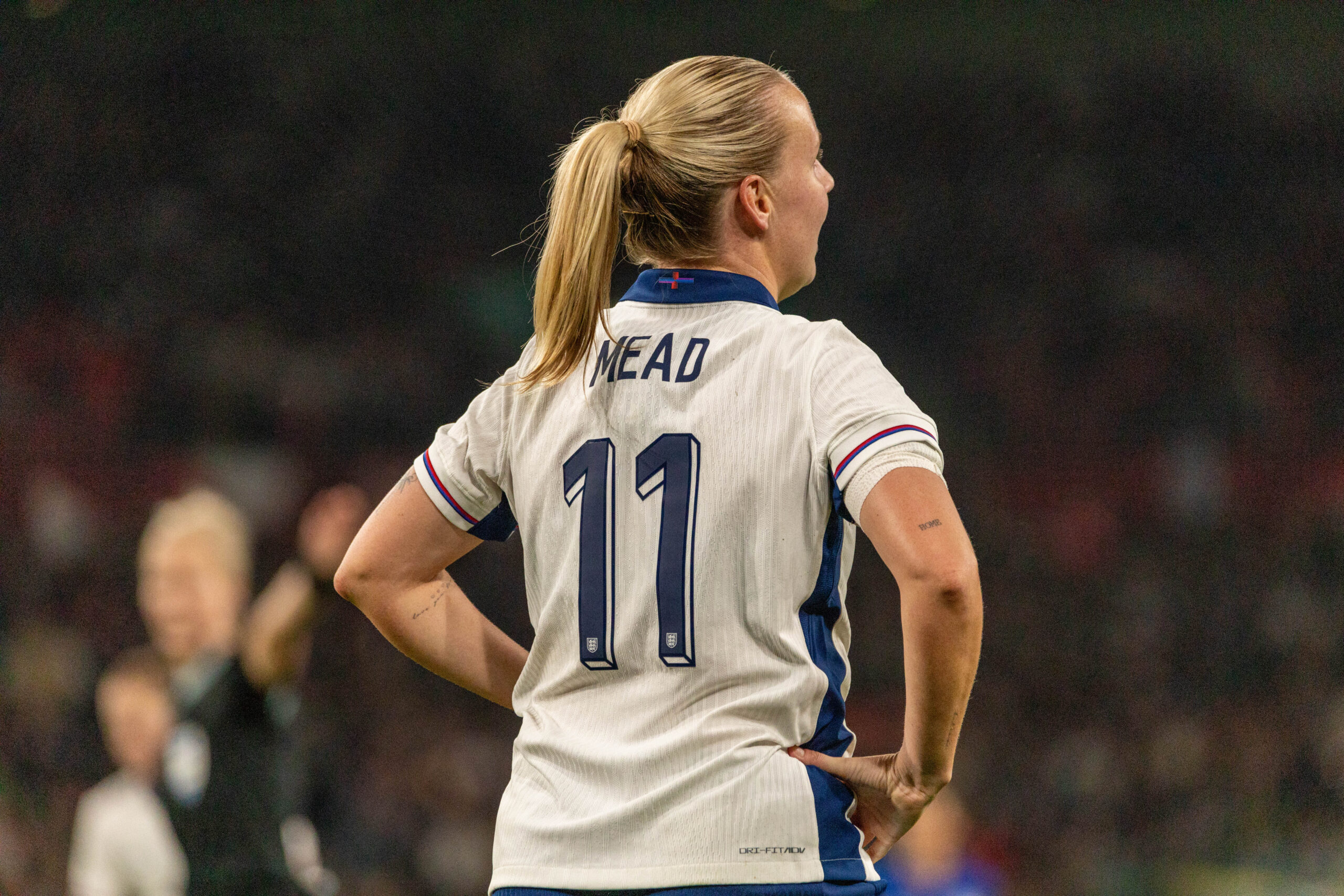The 2023 FIFA Women’s World Cup captivated over 2 billion viewers worldwide, with moments like the Matildas’ semi-final breaking TV records in Australia. Despite such monumental milestones, women’s football continues to receive a fraction of the media coverage afforded to the men’s game. This disparity not only undermines the sport’s growth but also ignores the undeniable demand from fans for greater representation. It’s time for the media to catch up and invest equally in women’s football coverage.
The Growth of Women’s Football
Women’s football is thriving. The Women’s Super League (WSL) is attracting record crowds, with Arsenal’s clash against Manchester United at the Emirates drawing over 60,000 fans. Globally, the UEFA Women’s Champions League (UWCL) continues to break viewership records, while domestic leagues, like Liga F in Spain and the National Women’s Soccer League (NWSL) in the US, are securing high-profile sponsors. Brands like Barclays, Nike, and EA Sports are betting big on women’s football because they see its untapped potential. Yet, this momentum is stifled by inconsistent media coverage, which hampers the sport’s visibility and accessibility.
Barriers to Equal Media Coverage
The disparity in media attention is rooted in decades of neglect. Historically, women’s football was banned or sidelined in many countries, and while the sport has progressed significantly, coverage hasn’t caught up. Women’s matches are still underrepresented in prime broadcasting slots, and highlight packages often fail to make it to mainstream sports news.
This lack of exposure has real consequences. Without consistent media attention, players struggle to gain recognition, limiting their marketability and sponsorship opportunities. Fans, too, are affected, as they miss out on key narratives that make the sport compelling. Moreover, the media’s neglect perpetuates outdated stereotypes about women’s sports being less engaging or competitive than men’s.
The Demand Is There
Fans have proven time and again that they want more women’s football content. The 2023 World Cup alone demonstrated the sport’s ability to unite global audiences. In Australia, over 11 million viewers tuned in to the Matildas’ semi-final against England, making it the most-watched program in the country’s history. Similarly, the 2022 UWCL final between Barcelona and Lyon drew record viewership figures worldwide.
Beyond traditional media, social media platforms have become a powerful space for women’s football. Content creators and platforms like Her Football Hub have filled the void left by mainstream outlets, providing match analyses, player interviews, and behind-the-scenes stories. These efforts prove that there is an eager audience waiting for more.
What Equal Coverage Could Achieve
Investing in equal media coverage isn’t just about fairness; it’s about growth. Increased visibility for women’s football could inspire the next generation of players and fans, creating a more inclusive and representative future for the sport. Economically, greater media attention would attract more sponsorships, boost ticket sales, and generate higher revenue for leagues and clubs.
Perhaps most importantly, equal coverage would challenge outdated notions of who can excel in football. By showcasing the talent and passion of female players, the media has the power to redefine societal attitudes and promote gender equality both on and off the pitch.
Steps Forward
To achieve this, several steps must be taken:
- Increase Investment: Broadcasters and media outlets need to invest equally in the production and promotion of women’s games. This includes allocating prime time slots and improving matchday coverage.
- Support Women’s Football Journalists: Diversifying the voices in sports journalism can bring fresh perspectives and amplify the stories of women’s football.
- Leverage Social Media: Platforms like Instagram, TikTok, and YouTube have already shown how impactful they can be for growing the sport. Clubs and leagues should collaborate with influencers and creators to reach wider audiences.
- Promote Grassroots Initiatives: Highlighting grassroots programs can connect fans to the broader football ecosystem and showcase the pathways for young girls in the sport.
The future of football is inclusive, diverse, and dynamic. Women’s football has proven its value time and time again, with its athletes, fans, and stories rivalling any found in the men’s game. By giving women’s football the coverage it deserves, the media can help build a global game that truly represents everyone. The time for change isn’t tomorrow – it’s now.



